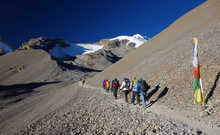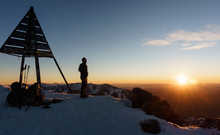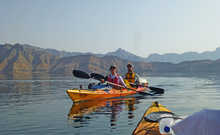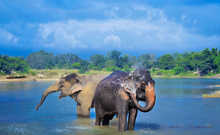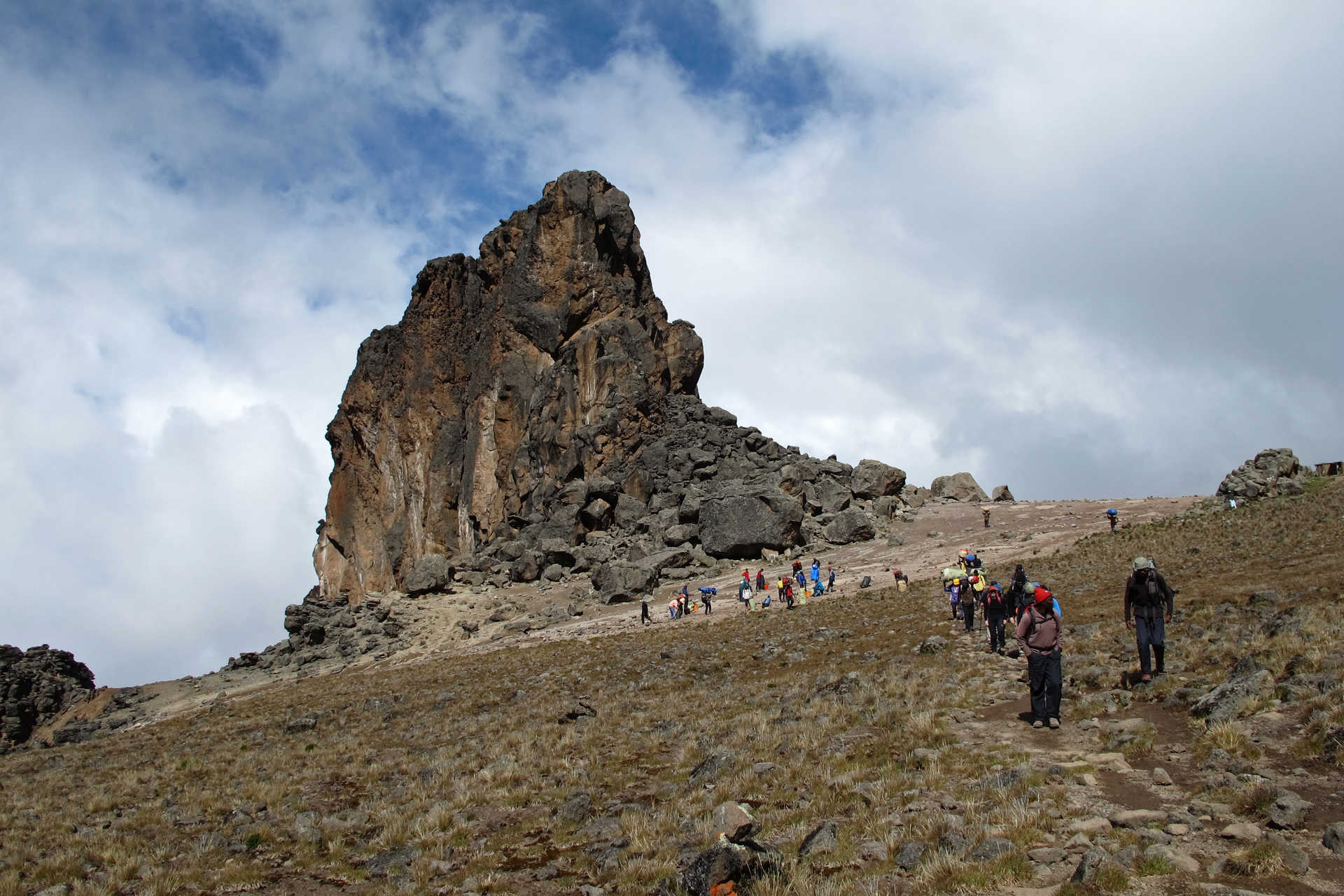Kilimanjaro Routes and Which is the Best Route to Climb Kilimanjaro
You’ve risen to the challenge. You’ve decided to climb
Africa’s highest – and most iconic – peak: Kilimanjaro. The question you now
face is “which Kilimanjaro route should I take”?
This imposing semi-dormant volcano, set within Tanzania’s
beautiful Kilimanjaro National Park, offers no fewer than 7 different routes to
the summit.
This means that, provided you’re suitably fit and are happy
to take the time to acclimatize to high altitudes (Kilimanjaro’s highest point
lies 5,895 metres above sea level) there’s a Kilimanjaro route to suit you
whether you’re a novice trekker or a seasoned mountain-bagger.
Whether you’re attempting the mountain for personal
fulfilment, a charitable cause or simply ‘because it’s there’, the Kilimanjaro
route by which you make your way to the summit will define this unique and
magical experience for you. Here, we share with you our top 5 routes on
Kilimanjaro.
1. The Lemosho Route, Kilimanjaro
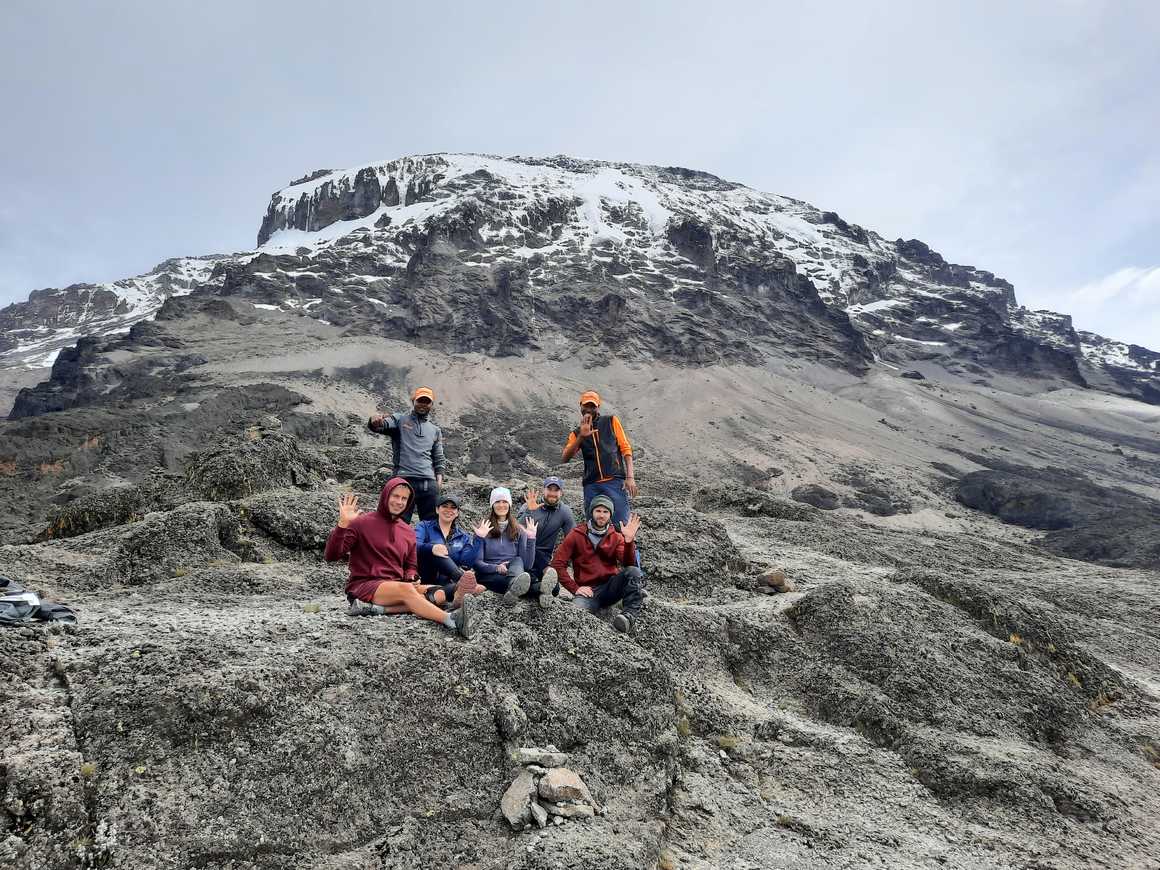
Starting at Lemosho Gate at the western base of Kilimanjaro,
the Lemosho route makes our top 5 Kilimanjaro routes because of its
breath-taking beauty. Although this route can be completed in just six days,
it’s better to go for a seven or eight night trek as this gives more time to
acclimatise and rest, thereby increasing your chances of successfully reaching Kilimanjaro
summit, Uhuru Peak.
The Lemosho route is more demanding than the Rongai route
(below), but the extra endeavour required is amply rewarded by Lemosho’s
outstanding scenery. It’s also less crowded with climbers than some of the longer
established routes on Kilimanjaro.
The journey begins with a trek through verdant rainforest.
In this remote and unspoilt area, trekkers may glimpse antelope, elephants,
buffalo and other native wildlife. As height is attained, rainforest gradually
gives way to scrub vegetation and the vast open moorland of the Shira Plateau.
Heading northwards, the Lemosho route takes in one of Kilimanjaro’s most
notable landmarks; Lava Tower. This impressive monolith, more than 90 metres in
height, is a reminder of Kilimanjaro’s active volcanic past.
Beyond Lava Tower the Lemosho route descends into the cool,
Barranco Valley where flowering senecio and lobelia plants grow. This area
contributes to Lemosho’s reputation for natural beauty, but at its boundary
stands the daunting Barranco Wall which takes around ninety minutes – depending
upon your fitness and stamina – to clamber and scramble up. The effort is worth
it for the resulting views of the next part of the route; the barren Karanga
Valley below.
From the valley, the only way is up as the last part of the
ascent to Uhuru Peak is typically made over two days; a rest stop at the Barafu
Camp, set on a high rocky ridge, marks the beginning of the final push to
Kilimanjaro summit for an exhilarating finale.
Although this Kilimanjaro route features a number of
significant rises and descents, making it tougher than the more gradual ascent
offered by the Rongai route, the Lemosho route justifies its place in our top 5
routes to climb Kilimanjaro both for its lack of crowds and for its
unforgettably varied and wonderful scenery.
2. The Machame Route, Kilimanjaro
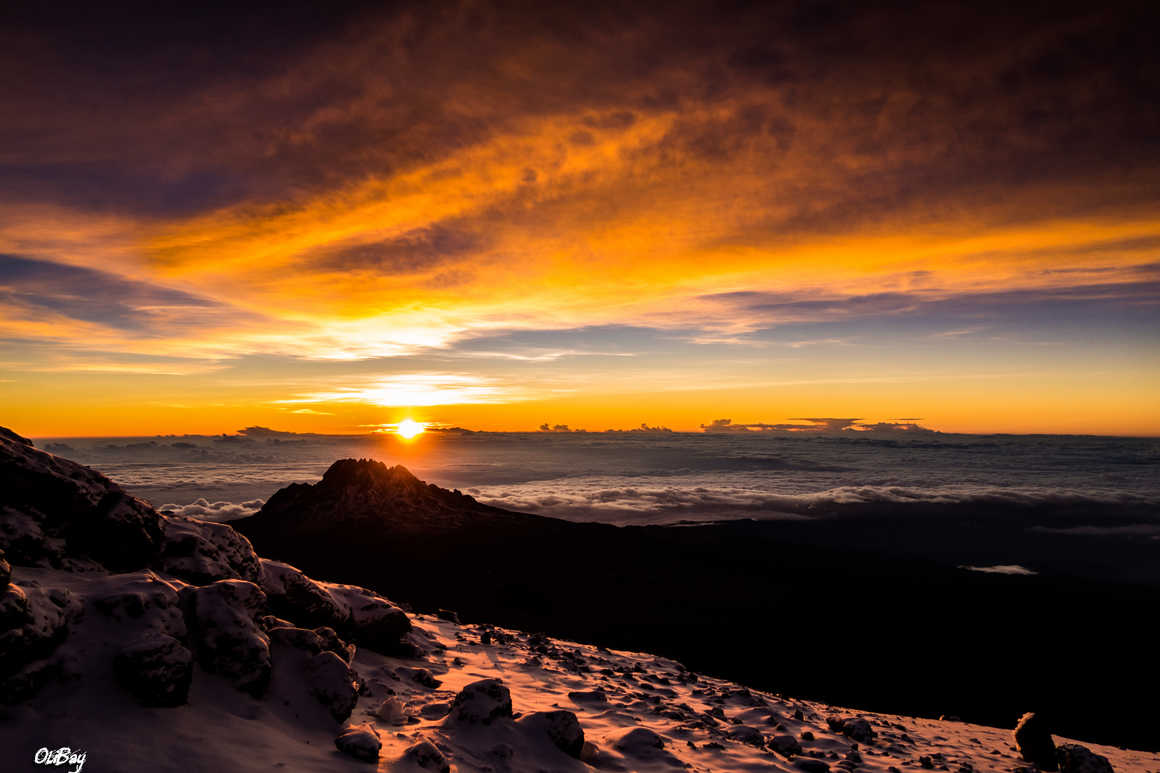
We make no apologies for including one of the most popular routes
on Kilimanjaro in our top 5. Popular means more crowded, and the Machame
route’s comparatively steep ups and downs also call for greater reserves of
stamina than either the Rongai or Lemosho route, but in other respects
Machame ticks all the right boxes.
Beginning on the southern side of Kilimanjaro, the Machame
route is more accessible than those which originate on the western or
northern sides, making it a less expensive for the climber on a budget and
offering a greater number of tour operators to trek with. And whilst it
presents more of a challenge, the Machame route is not as long as others and
can be completed in just six days by experienced trekkers.
Another huge plus is the sheer diversity and natural beauty
of the terrain that the route takes in. Beginning in lush green rainforest, trekkers
will subsequently encounter heather-carpeted moorland, cross the lobelia and
senecio strewn Shira plateau and - as altitude is gained and plant life
gradually thins out – reach the rock lava slopes and ridges that lead to
Kilimanjaro’s summit. At every step of the journey, even in wet weather, the
Machame route provides a succession of unforgettable sights, vistas and
landmarks.
As with the Lemosho route, trekkers following the Machame
route will contend with Lava Tower and Barranco Wall before taking a path that
curves around a full half of the mountain. This section opens up yet more
spectacular panoramic views and leads the way to Barufu Camp and the winding
upward climb that ends with the ultimate prize: Uhuru Peak.
The Machame route’s popularity means that you’re likely to
be trekking in the company of many like-minded souls. Frankly, we think this is
a minor downside that is balanced out by a route that is budget friendly,
easier to get to than others, and offers unrivalled scenery and a better than
average chance of success.
3. The Rongai Route, Kilimanjaro
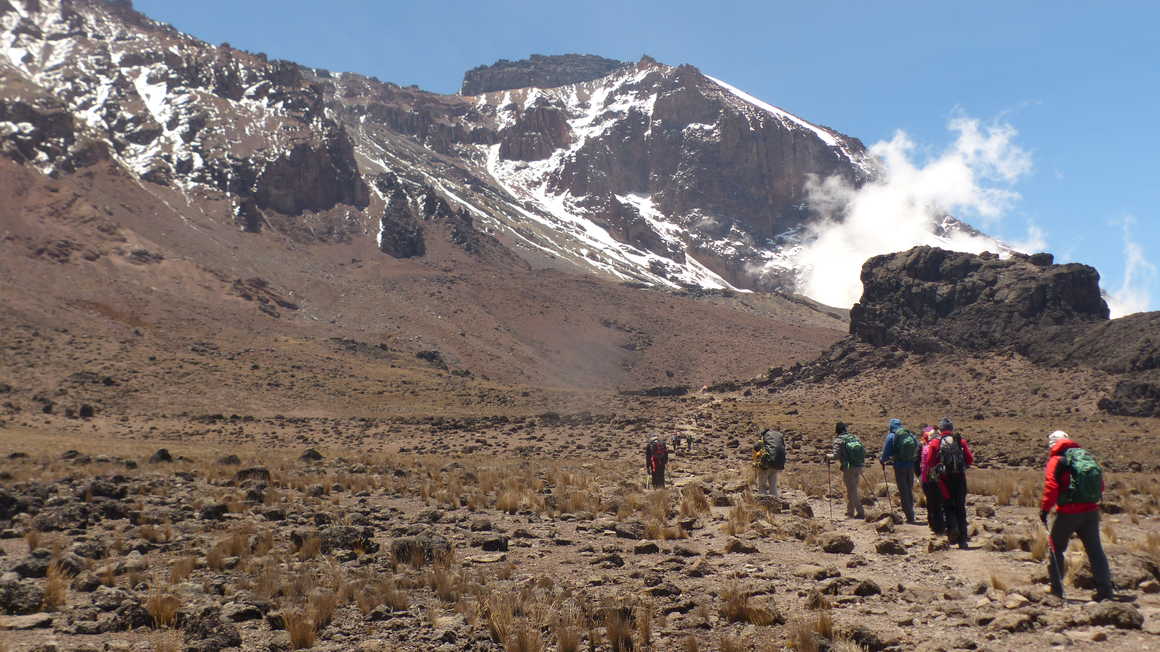
Widely considered as providing one of the easier ascents of
Kilimanjaro, the Rongai route has much to recommend it - particularly
for less experienced trekkers and climbers. This is the only Kilimanjaro route
that approaches the mountain from a northerly direction, originating near
Tanzania’s border with Kenya.
Less easily accessed than the more popular routes that
approach Kilimanjaro from the south, a longer and
slightly more expensive journey is needed to pick up the Rongai route. However,
climbers are rewarded with an ascent that is less prone to wet weather, is less
crowded, takes in spectacular scenery and offers good opportunities to spot
Tanzania’s wildlife.
Achievable in six to eight days (longer trips give climbers
a better chance to adapt to the altitude), the Rongai route requires no ropes
and no technical climbing, offering instead a steady, moderately challenging
ascent punctuated with sensibly spaced rest spots and overnight camps.
We rate the Rongai route highly because it gives climbers
the best chance of successfully reaching both Gilman’s Point and going on to
attain the summit, Uhuru Peak, via a long, steady climb rather than a
succession of steep ups and downs.
4. The Marangu Route, Kilimanjaro
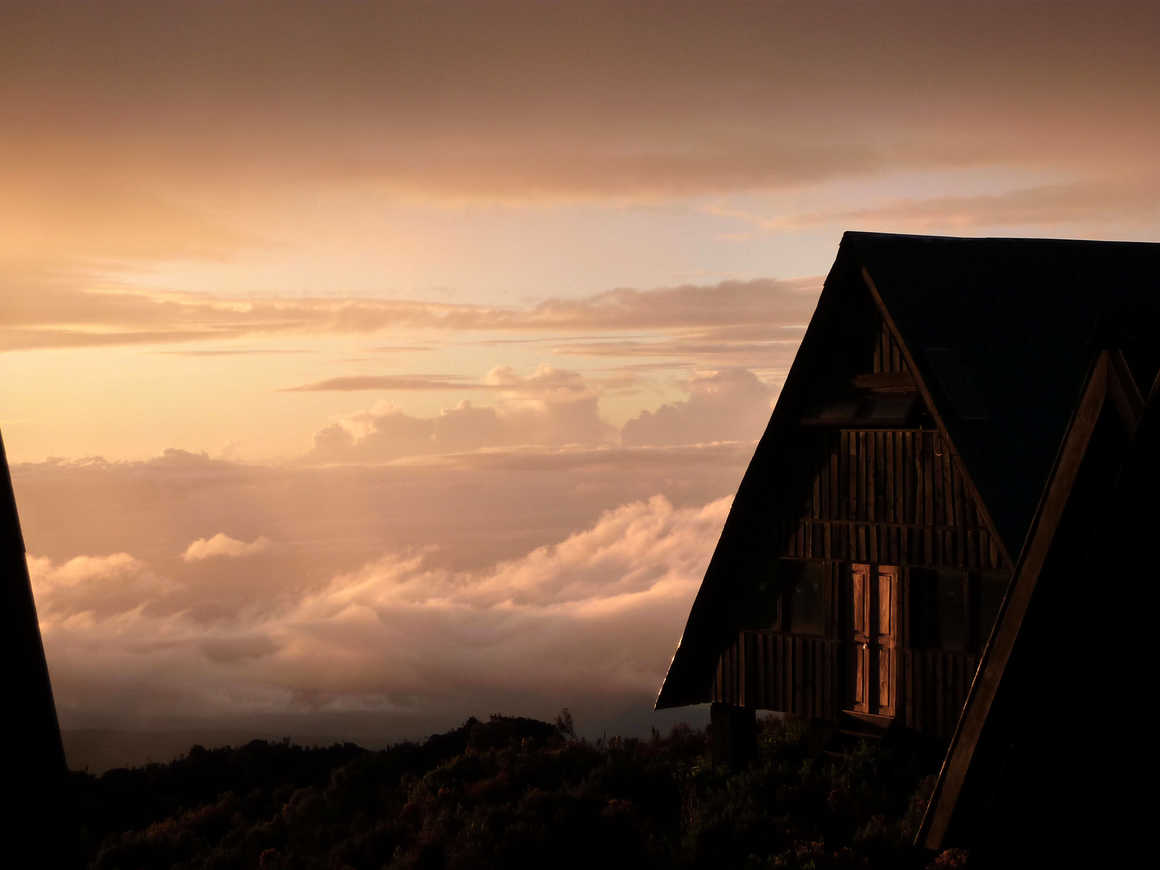
For trekkers who do not wish to camp, Marangu is the only
Kilimanjaro route that offers shared dormitory style hut accommodation. The
huts have a communal dining room, simple washrooms and toilets which lower down
the trail will be flushable, but as you move higher up the mountain will be
"long drop" loos. These huts mean the Marangu route is also one of
the best routes to climb Kilimanjaro during the rainy season.
The Marangu route is the only Kilimanjaro route that uses
the same path going up and coming back down. Unfortunately, this means that it
is less scenic than the other routes and it can also get very overcrowded
during the best times to climb Kilimanjaro as traffic is going in both
directions. Still, it is difficult to top the experience this classic route to
Kilimanjaro provides.
5. The Northern Circuit, Kilimanjaro
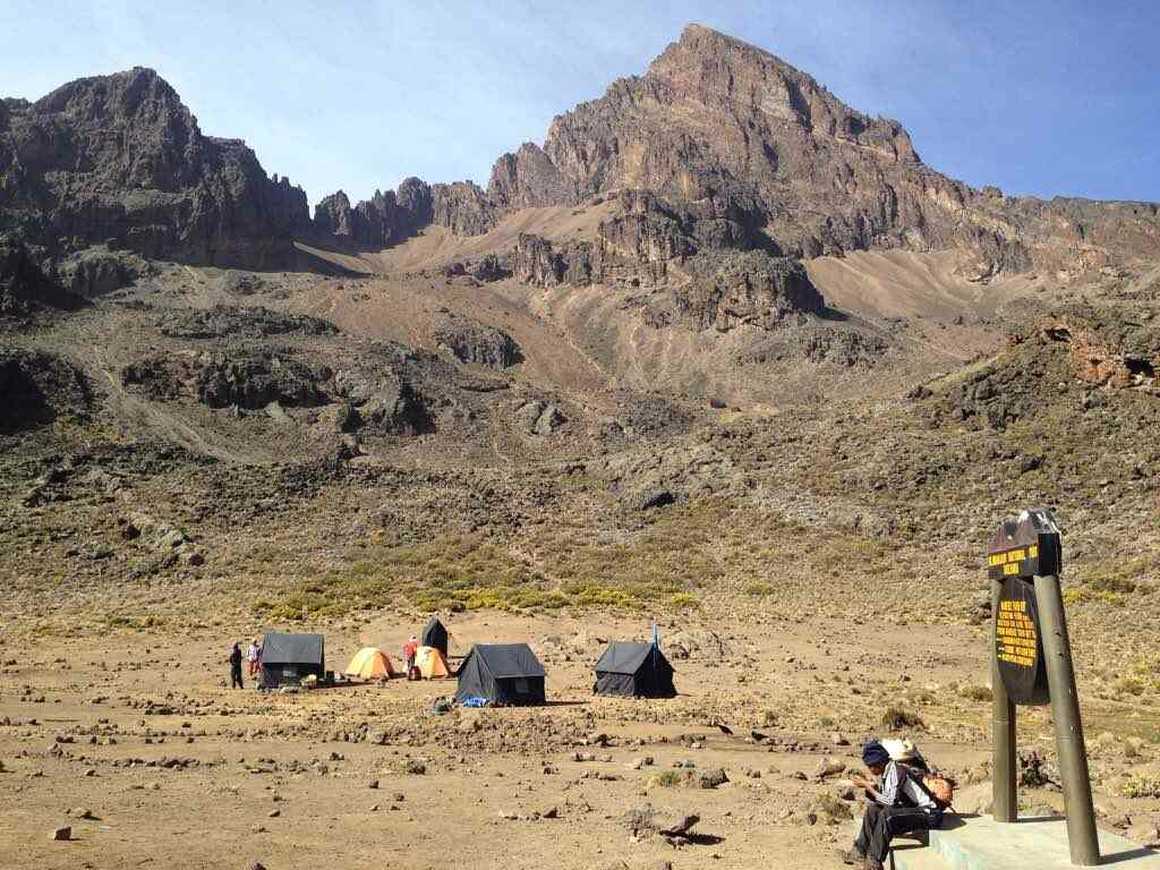
The Northern Circuit continues up to the mountain’s third
summit at Shira Ridge. From here, trekkers will cross the Shira plateau and see
the Shira Cathedral before turning onto the little-used northern trails. On a
clear day, views stretch over the Amboseli Plains of Kenya and the trail joins
the Rongai and Marangu routes for the final ascent via Gillmans Point. After
reaching the summit, the route descends by the Mweka trail, rather than
retracting your steps along the ascent route.
The northern side of Kilimanjaro is much more remote and has
the benefit of less traffic from other trekkers. This Northern Circuit is not
short of beautiful scenery, solitude and potential to spot wildlife, offering a
fantastic combination of all the best elements of the other routes on
Kilimanjaro.
Achievable in 9 days for those who have not trekked much at
high altitudes (experienced trekkers may opt for the 8-day ascent) the Northern
circuit has one of the highest summit success rates. It is considered an easy
route due to its gradual elevation gain and the long time spent on the mountain
allows trekkers a great chance of acclimatising to the altitude.
Other Kilimanjaro Routes
The Shira route is a little used trail that begins near
Shira Ridge. Shira was the original route and Lemosho is the improved route,
with Lemosho being the more favourable of the two. Although Shira is beautiful,
trekkers often experience altitude related symptoms from the trail’s high
starting point, resulting in a low summit success rate.
Umbwe Route, Kilimanjaro
While the Umbwe route is one of the shortest Kilimanjaro
routes it is also the most challenging with poor acclimatisation opportunities
and shouldn’t be taken on unless you have experience trekking at altitude. This
steep and exposed Kilimanjaro route involves a rapid ascent to Barranco Camp on
the second night, rather than the third or fourth as in the alternative routes.
Which is the Best Route to Climb Kilimanjaro?
Whichever Kilimanjaro trek you choose, Kandoo Adventures
have a 95% success rate on every route that we operate and have some of the
best mountain guides in Tanzania, so you can trust you are in the best hands
when you are out there.
Which Kilimanjaro Route has the Highest Success Rate?
Which is the Quietest Route to Climb Kilimanjaro?
How Hard is it to Climb Kilimanjaro?
Kilimanjaro is a fairly difficult trek, but it isn’t a
technical climb. While the trek may not require technical equipment such as
ropes, harnesses and helmets you will need a good level of fitness, stamina,
determination and, most importantly, a positive mindset. Even if you’re extremely
physically fit, you’ll need to be mentally prepared for the challenge for the
best chance of success. If you feel yourself tiring, set small goals that are
easy to achieve and reward yourself with regular breaks.
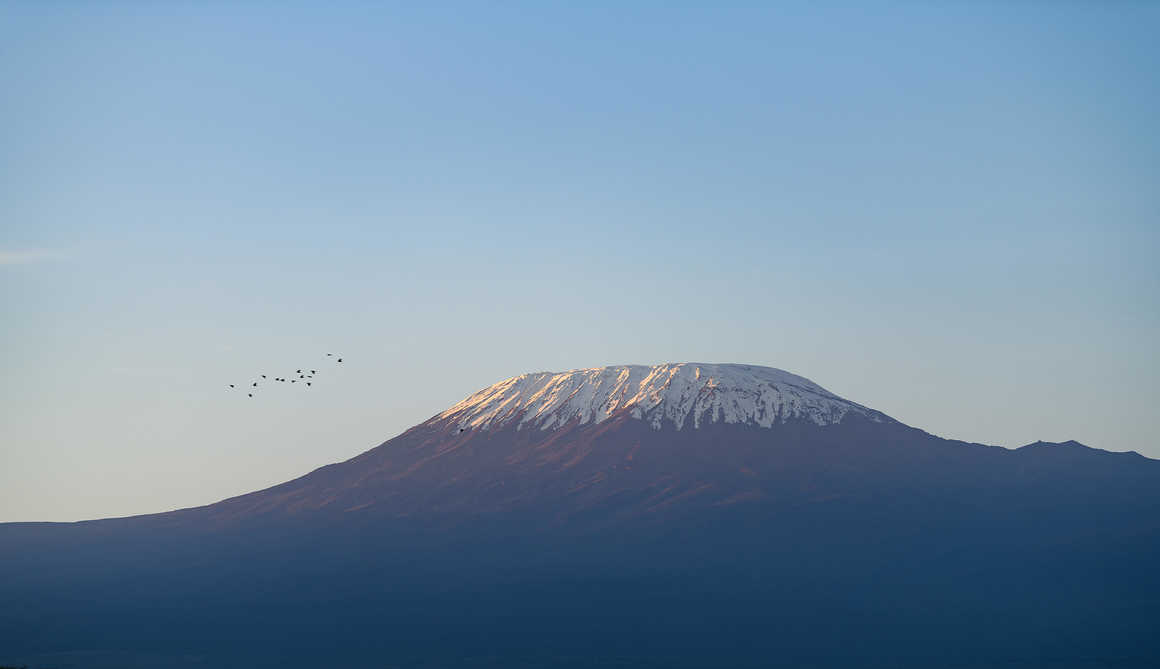
How Much Does It Cost to Climb Kilimanjaro?
- Kilimanjaro Lemosho Route – £2,699 ($3,440)
- Kilimanjaro Machame Route – £2,449
($3,120)
- Kilimanjaro Rongai Route – £2,549 ($3,315)
- Kilimanjaro Marangu Route – £2,099 ($2,725)
- Kilimanjaro Northern Circuit – £3,099 ($3,908)
Climbing Kilimanjaro can be an inspiring experience and each
of the 7 routes on Kilimanjaro offer their own unique rewards including
fabulous scenery and a brilliant sense of achievement. With over 15 years of experience,
Kandoo Adventures have helped over 12,000 people reach the summit of
Kilimanjaro and are the perfect operator for your adventure – so what are you
waiting for?
